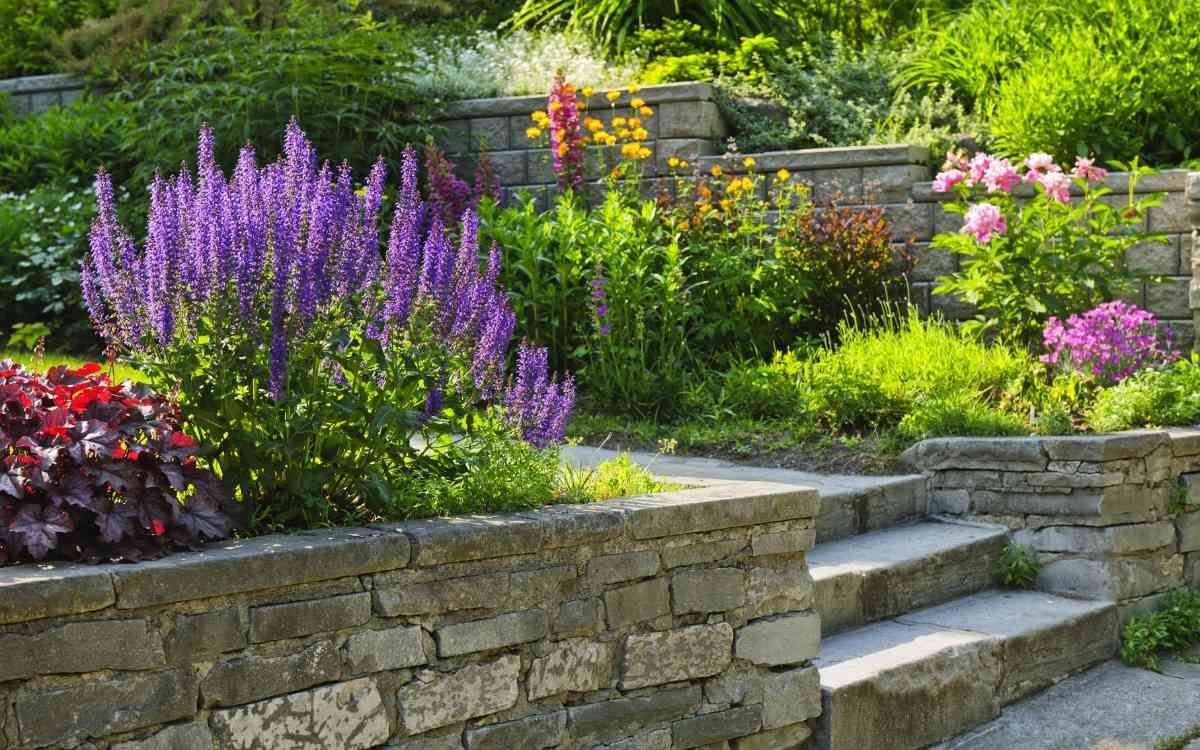Spring Landscaping Tips to Revitalize Your Yard
Introduction
Spring is finally here, and with it comes the perfect opportunity to breathe new life into your landscape. After months of cold weather, your lawn, garden, and outdoor spaces may need extra attention. A well-maintained yard not only enhances curb appeal but also promotes a healthy environment for plants to thrive. Whether you are looking to revitalize your lawn, plant vibrant flowers, or prune overgrown trees, spring is the season to get started.
Lawn Care and Revival
One of the first steps in preparing your yard for spring is reviving your lawn. The winter months can leave your grass patchy, compacted, and deprived of nutrients. Begin by clearing away debris such as fallen branches, leaves, and other organic material that accumulated over the winter. This will allow your lawn to breathe and prepare it for new growth.
Aeration is a crucial step in lawn care. This process involves perforating the soil to allow air, water, and nutrients to penetrate the roots of your grass. Over time, soil becomes compacted, making it difficult for grass to grow properly. Aeration helps loosen the soil and enhances root development, resulting in a healthier lawn. After aerating, apply a layer of nutrient-rich compost or fertilizer to encourage strong growth.
Overseeding is another effective technique to rejuvenate a thin or patchy lawn. By spreading new grass seed over your existing lawn, you fill in bare spots and encourage denser growth. Choose a grass seed blend that suits your region and climate, ensuring that it will thrive in your specific conditions. Water the newly seeded areas consistently to support germination.
Planting Flowers and Shrubs
Spring is the best time to plant a variety of flowers and shrubs. Choosing the right plants for your region and soil type is essential for their success. Perennials such as tulips, daffodils, and lilies provide long-lasting beauty, while annuals like petunias and marigolds offer vibrant color throughout the season. When planting, ensure that the soil is well-drained and rich in organic matter.
Shrubs and trees also benefit from spring planting. Adding greenery to your yard not only enhances its appearance but also provides shade and privacy. Select native plants that thrive in your local climate and require minimal maintenance. Consider planting shrubs like azaleas, hydrangeas, and boxwoods for a structured yet elegant look.
When planting, it is essential to follow proper spacing guidelines. Overcrowding plants can lead to competition for nutrients, water, and sunlight, which may hinder their growth. Give each plant enough room to reach its full potential, and consider grouping plants with similar water and light needs together to create a cohesive garden bed.

Pruning and Tree Care
Pruning is an essential part of spring landscaping. Removing dead or damaged branches promotes healthy growth and prevents potential hazards. Start by inspecting trees and shrubs for signs of disease or winter damage. Trim back any overgrown branches that may interfere with power lines, pathways, or structures.
Different plants require different pruning techniques. For example, flowering shrubs should be pruned right after they bloom, while deciduous trees can be trimmed in early spring before new growth appears. Proper pruning encourages new growth and enhances the overall shape of trees and shrubs.
Deadheading spent blooms is another simple but effective method to encourage continuous flowering in perennials. By removing faded flowers, you direct the plant’s energy into producing new blossoms rather than seed production. This results in prolonged blooming and a more vibrant landscape.
Preparing Garden Beds
If you plan to grow vegetables or herbs, now is the time to prepare your garden beds. Remove weeds and old plant material from the soil, ensuring a fresh start for new crops. Tilling the soil helps improve aeration and allows roots to establish themselves more effectively. Adding compost or organic mulch enriches the soil, providing essential nutrients for plants to thrive.
Spring is the ideal time to plant cool-season vegetables like lettuce, spinach, and carrots. As the temperatures rise, transition to warm-season crops such as tomatoes, peppers, and cucumbers. Proper planning ensures a steady harvest throughout the growing season.
Companion planting is an effective technique to maximize plant health and yield. Certain plant combinations, such as basil and tomatoes or carrots and onions, help deter pests and improve overall plant growth. Researching the best companion planting strategies can help you make the most of your vegetable garden.
Watering and Irrigation
Proper watering is crucial in spring to support new plant growth. As temperatures rise, plants require adequate moisture to establish strong root systems. Consider installing a drip irrigation system to provide consistent watering while conserving water. Deep watering encourages roots to grow deeper, making plants more resilient to dry conditions.
Mulching is another effective way to retain soil moisture and suppress weeds. Apply a layer of mulch around trees, shrubs, and flower beds to regulate soil temperature and reduce evaporation. Organic mulches like wood chips, straw, or compost improve soil health over time.
Monitoring soil moisture levels is essential, as both overwatering and underwatering can be detrimental. Stick your finger a few inches into the soil—if it feels dry, it's time to water. Watering in the early morning or late evening helps prevent excessive evaporation and allows plants to absorb moisture more efficiently.
Hardscaping and Outdoor Living Spaces
Spring is also the perfect time to enhance your outdoor living spaces. Consider adding features such as patios, pathways, or retaining walls to create a more functional and visually appealing landscape. Hardscaping elements provide structure and complement the natural beauty of your yard.
If you already have existing hardscaping, inspect it for any damage caused by winter weather. Repair cracks in pavers, power wash surfaces, and reseal wooden decks to maintain their longevity. Adding outdoor furniture, fire pits, or decorative lighting can further enhance your outdoor space, making it an inviting area for relaxation and entertainment.
Another great addition to your yard is a garden water feature. Whether it's a small pond, a bubbling fountain, or a cascading waterfall, water features create a tranquil atmosphere and attract beneficial wildlife such as birds and butterflies. They also serve as stunning focal points in any landscape design.
Conclusion
Spring is the season of renewal, and your landscape deserves the same attention as the rest of your home. By following these essential landscaping tips, you can create a beautiful, thriving yard that enhances your property's curb appeal. From lawn care and planting to pruning and irrigation, every step contributes to a healthier and more vibrant outdoor space. Let Luke's Landscaping help you bring your spring landscaping dreams to life! With expert advice and professional services, we ensure your outdoor space flourishes throughout the season and beyond. Contact us today to schedule your spring landscaping consultation!
BREATHE NEW LIFE INTO YOUR YARD:
Spring Landscaping Tips for a Vibrant and Healthy Outdoor Space.
